Trial of the use of silicone cord leg-loop harnesses on Black-legged Kittiwake during the 2023 breeding season
Author(s): O’Hanlon, N.J., Clewley, G.D., Davies, J.G., Johnston, D.T., Booth Jones, K.A., Green, R.M.W., Weston, E., Humphreys, E.M. & Cook, A.S.C.P.
Published: September 2024 Issue No.: 772
Publisher: BTO Pages: 21pp
ISBN: 978-1-912642-69-4
Download article 1.16 MB application/pdf
Abstract
Executive summary
Understanding the importance of different pressures that seabirds face over the annual cycle requires year-round data. One factor limiting our ability to collect this information is the lack of suitable methods to attach devices long-term to individuals, without causing adverse effects on individuals in terms of their welfare, behaviour and demographic rates.
The Black-legged Kittiwake Rissa tridactyla (hereafter Kittiwake) is one seabird species where year-round high-resolution data are required, especially in relation to informing decisions around the consent of offshore wind farm developments.
In 2021, a field trial was conducted at Whinnyfold, part of the Buchan Ness to Collieston Coast Special Protection Area (SPA), to assess the suitability of two harness designs (leg-loop and thoracic cross strap) using Teflon to attach devices long-term to six Kittiwakes. Due to adverse effects on the Kittiwakes associated with the Teflon harness material, a further trial was recommended using an alternative harness material, elastic silicone cord, with a leg-loop design.
Here we describe the outcome of this follow-up field trial during the 2023 breeding season to assess the feasibility of using silicone cord for the leg-loop harness attachment of devices to Kittiwakes on a sample size of six individuals.
We found that the tagged Kittiwakes pecked at the knot securing the device to the harness resulting in three devices being lost within five days of deployment. The remaining three birds were recaught and the knot was retied and secured with Tesa tape, but all three of the remaining devices stopped transmitting by the first week of September. Limited data on Kittiwake movement were therefore obtained from the deployed devices. However, one individual was tracked for a short period post-breeding where it headed north-west with the last fix recorded south of Greenland.
Around two weeks following deployment we started to observe extensive preening by the tagged Kittiwakes, but by then it was not possible to recatch the birds for a third time to check for abrasion. During the subsequent 2024 breeding season we resighted five of the six Kittiwakes that had been fitted with harnesses, which included the three secured with Tesa tape, and the individual that provided locational data for its autumn migration to Greenland. Two of the control individuals were also resighted in 2024.
In light of the issues experienced in 2023, we provide a further recommendation to redesign the housing of the tag to allow a four-point attachment with tubes so that a secure single knot can be tied and tucked away from where the bird can reach. This will move forward the testing of long-term attachment of devices using leg-loop harnesses and silicone cord on Kittiwakes in future.
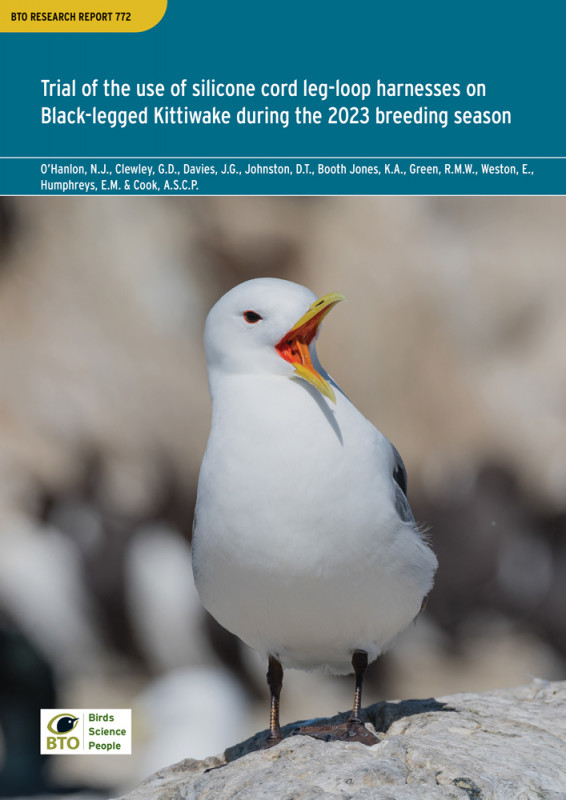


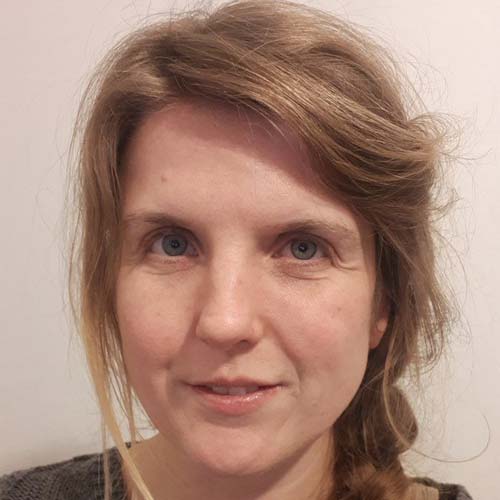




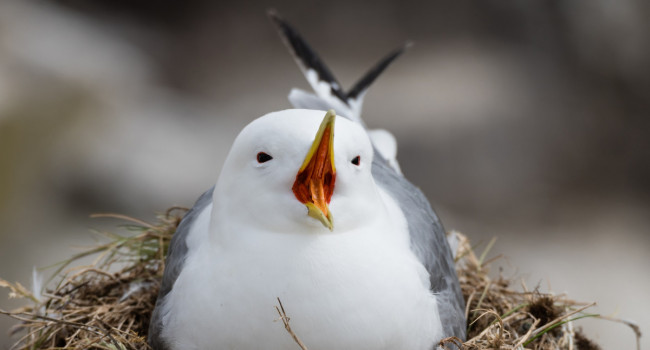
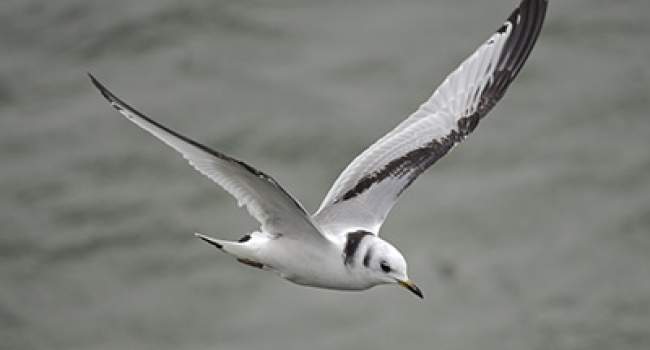
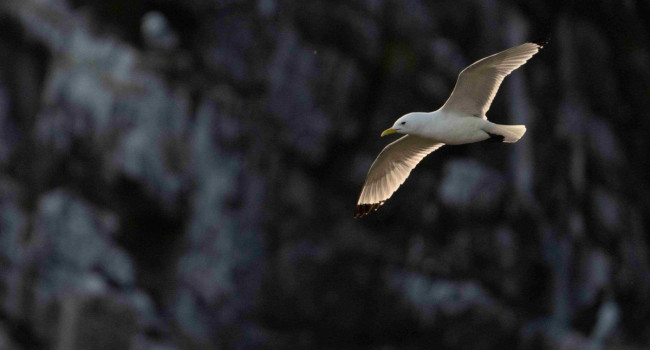

Share this page